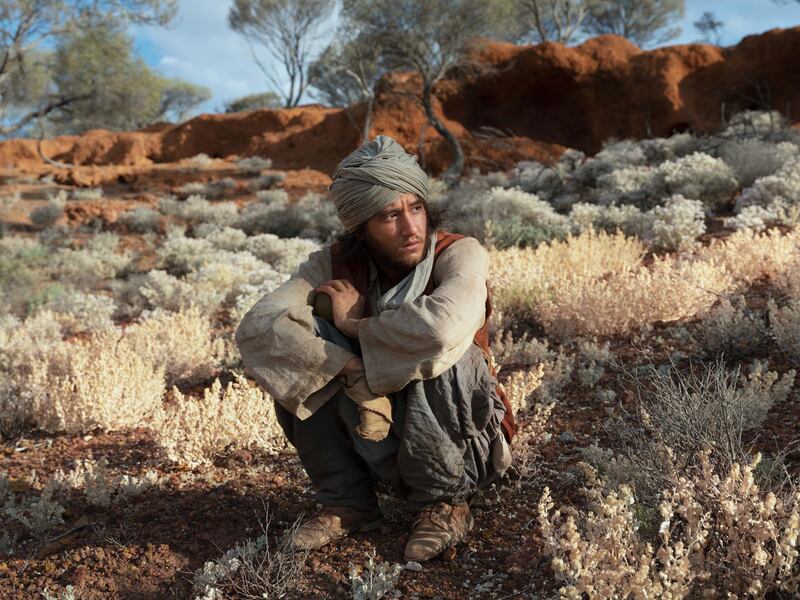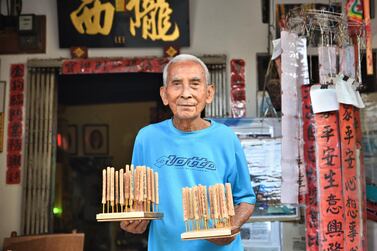They explored Australia on camel, building mosques, introducing Islam and helping to grow the country's agricultural industry. Between 1860 and the 1920s, at least 3,000 Muslim and Sikh men from Afghanistan, India, Turkey, Egypt and Iran were recruited to Australia for their skill in driving camels. They used these hardy animals to transport goods, search for new pastoral lands and chart fresh routes across the massive, dry expanse of inland Australia.
Collectively, they were known as cameleers or ghans (short for Afghans). Although their role in building modern Australia has largely been forgotten, it was highlighted by a new Australian movie, The Furnace, released in December.
'The Furnace' captures the raw beauty of Australia
The debut feature from Perth writer-director Roderick MacKay, the film follows a young Afghan cameleer and an Australian bushman as they try to evade authorities while dashing across Western Australia with stolen gold bars.
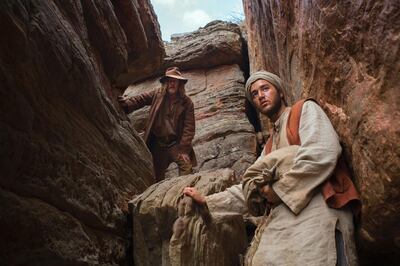
The drama showcases the unique, raw beauty of the state – its towering gorges, snaking rivers, ochre peaks and parched plains that stretch as far as some nations. It was this vastness, this tyranny of distance, that the cameleers were tasked with conquering in the 1800s.
By land area, Australia is almost four times the size of Saudi Arabia. Similar to the kingdom, Australia's interior is mostly a parched, inhospitable environment, characterised by extreme heat and a scarcity of fresh water. Yet in both countries, beauty resides in this barren wilderness.
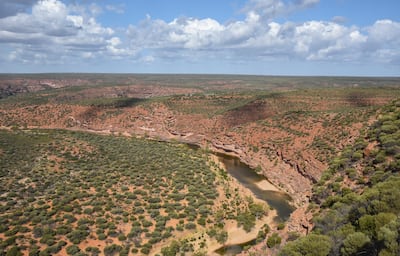
The sun-scorched Western Australia is majestic, albeit not quite in the manner of a Switzerland, and its lush pastures beneath snowy peaks, or a Mauritius, where turquoise sea, white sand and green jungle form a trinity of dazzling colours. Instead, Western Australia's natural splendour derives from being unrefined, intimidating and hazardous.
Many tourists visit these parts specifically to explore its untamed areas, such as the mid-west district, where The Furnace takes place. In the film, the Afghan cameleer and his Australian offsider battle fatigue, hunger and dehydration as they traverse this harsh and forbidding landscape on foot.
Fortunately, navigating these sprawling regions these days is comparatively simple. International visitors criss-cross the mid-west in their hire cars, following its smooth bitumen roads. Even still, dangers persist. Western Australia's outback has claimed the lives of countless who visit unfit, unprepared or unaware. Last year several tourists died while hiking in the region due to a combination of isolation and baking temperatures.
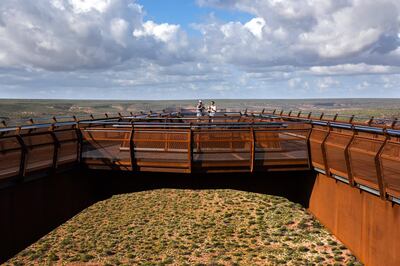
Migrant experience
It was into this extreme environment that the cameleers were dropped. The expectations of the Australian colonial businessmen who hired them was that these skilled men from the Middle East and the subcontinent would be at home in this dusty, arid world. Yet it was greatly foreign to these migrants. At that time, Australia was still in its fledgling days of European occupation. The British fleet had landed in Australia in 1788 and, through brutal treatment of the nation's traditional indigenous owners, laid claim to the country. The Australian indigenous people and the British clashed not only physically, but also culturally.
Believed by some scientists to be the world’s oldest civilisation, indigenous Australians are rooted to a belief that nature is sacred. Many white colonialists, by comparison, saw the Australian environment as a cash cow, something to be milked for its worth.
To help them explore and exploit the fruits of the land, they enlisted the cameleers. In 1860, the first four arrived in Australia by ship from north-east India, along with a caravan of more than a dozen camels. They were hired to join the most famous journey in Australian history.
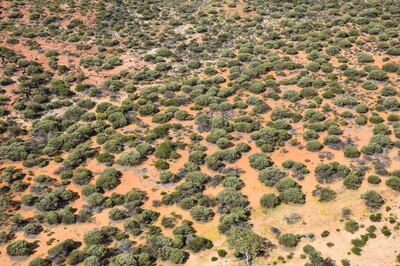
As part of the Burke and Wills expedition, a group of 19 men aimed to travel more than 6,000 kilometres, from the bottom to the top of Australia, and back. Supported by the Victorian State Government, this group set out to identify fresh cattle grazing land, chart a path for an overland telegraph line and log their scientific observations along the way.
Building a nation on camel back
While that quest was not particularly successful, the cameleers showed their worth. So too did their camels, which proved far more resilient than horses. Word quickly got around and British entrepreneurs began bringing in ghans and camels. In 1866, more than 100 camels and at least 30 ghans came into Australia from India and Afghanistan to work for commercial enterprises. They were employed for further expeditions across Australia, which at that time remained largely uncharted by the white population.
The cameleers became so highly valued that, by the end of the 20th century, there were at least 2,000 ghans nationwide, with about 1,000 of those working in Western Australia.
They were particularly adept at creating new transport paths spanning out from isolated mining towns and agricultural hubs. Some of these cameleers settled in their own communities. In what became know as ghan camps and in these remote towns, the cameleers set up Australia's first mosques by pooling their funds to build them. And it was through these ghans that Islam first took root in this country; and the call to prayer rang out through isolated communities.
These cameleers were involved in the construction of more than a dozen mosques in Australia and on occasion, they were blessed by visiting mullahs from India. Now, only two of these mosques remain.
The Afghan mosque in Broken Hill, New South Wales, is a tiny, basic building constructed in a camel camp around 1891, and now operates as a museum. The second of these is a much larger, grander structure, the Adelaide Mosque, in the capital of South Australia. Built in 1888-1889, it is the oldest surviving mosque in Adelaide, and a symbol of the city thanks to its four lofty, white minarets.
Another of Adelaide's most famous attractions is a scenic train route named after the cameleers. The Ghan offers perhaps Australia's most famous rail journey, piercing the rough land conquered by the cameleers, as it travels between Adelaide and the city of Darwin, 2,800km to the north. Although that train is famous across Australia, many people probably don't know the origin of its name.
The Furnace may help change that as it shines a belated spotlight on Australia's brave and brilliant Muslim pioneers.
